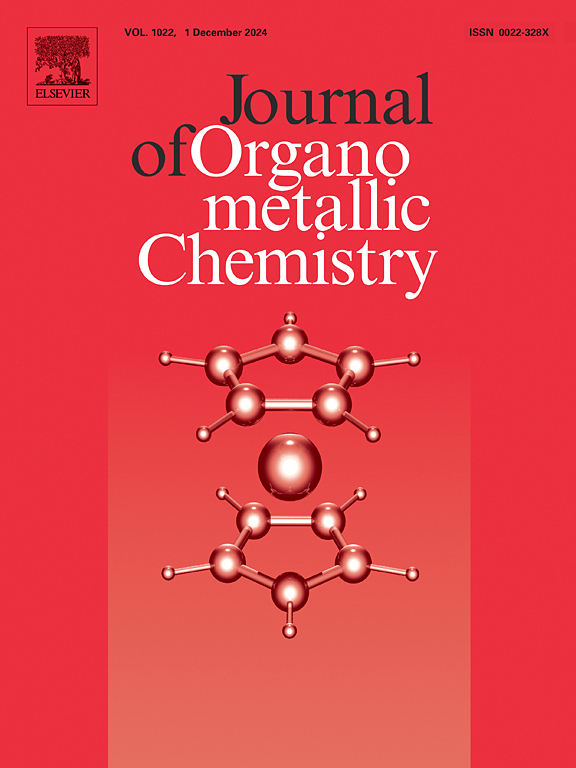Donor-acceptor complexes of a new beryllium-carbon superatom cluster with noble gases
IF 2.1
3区 化学
Q3 CHEMISTRY, INORGANIC & NUCLEAR
引用次数: 0
Abstract
Quantum chemical calculations were carried out to investigate the ability and potential of the newly designed Be3C2H2 cluster to absorb noble gases (Ng) He, Ne, Ar, Kr, and Xe and form complexes with them. Calculations of electronic structures for these complexes were performed at the computational level M06-2X/def2-TZVP and quantum theory of atoms in molecules (QTAIM), electron localization function (ELF), Laplacian plot of electron density, color-filled reduced density gradient (RDG) techniques were used to evaluate the various electronic parameters of the complexes. Be atoms are connected to C atoms in Be3C2H2 structure and the frontier molecular orbital’s profile shows the placement of LUMO lobes on Be atoms. The interaction of noble gases with the Be3C2H2 structure is done from these sites and through non-covalent or slightly covalent interactions. Calculations showed that from He to Xe, as noble gases become heavier, the values of binding energies per noble gas atom (˂Eb˃) increase. The performed analyses show the presence of non-covalent inter-fragment interaction in the complexes. The obtained results show the high capacity of the newly designed Be3C2H2 structure in absorbing noble gases.

一种新的铍-碳超原子团簇与稀有气体的供体-受体配合物
通过量子化学计算研究了新设计的Be3C2H2簇吸收稀有气体(Ng) He、Ne、Ar、Kr和Xe并与它们形成配合物的能力和潜力。在M06-2X/def2-TZVP计算水平上对这些配合物的电子结构进行了计算,并利用分子原子量子理论(QTAIM)、电子定位函数(ELF)、电子密度拉普拉斯图、彩色填充还原密度梯度(RDG)等技术对配合物的各种电子参数进行了评价。Be3C2H2结构中Be原子与C原子相连,边界分子轨道显示了Be原子上LUMO叶的位置。稀有气体与Be3C2H2结构的相互作用是在这些位点上通过非共价或微共价相互作用进行的。计算表明,从He到Xe,随着惰性气体变重,每个惰性气体原子的结合能(en: 1414en: 1414en)增大。所进行的分析表明,在配合物中存在非共价片段间相互作用。结果表明,新设计的Be3C2H2结构具有较高的吸收惰性气体的能力。
本文章由计算机程序翻译,如有差异,请以英文原文为准。
求助全文
约1分钟内获得全文
求助全文
来源期刊

Journal of Organometallic Chemistry
化学-无机化学与核化学
CiteScore
4.40
自引率
8.70%
发文量
221
审稿时长
36 days
期刊介绍:
The Journal of Organometallic Chemistry targets original papers dealing with theoretical aspects, structural chemistry, synthesis, physical and chemical properties (including reaction mechanisms), and practical applications of organometallic compounds.
Organometallic compounds are defined as compounds that contain metal - carbon bonds. The term metal includes all alkali and alkaline earth metals, all transition metals and the lanthanides and actinides in the Periodic Table. Metalloids including the elements in Group 13 and the heavier members of the Groups 14 - 16 are also included. The term chemistry includes syntheses, characterizations and reaction chemistry of all such compounds. Research reports based on use of organometallic complexes in bioorganometallic chemistry, medicine, material sciences, homogeneous catalysis and energy conversion are also welcome.
The scope of the journal has been enlarged to encompass important research on organometallic complexes in bioorganometallic chemistry and material sciences, and of heavier main group elements in organometallic chemistry. The journal also publishes review articles, short communications and notes.
 求助内容:
求助内容: 应助结果提醒方式:
应助结果提醒方式:


